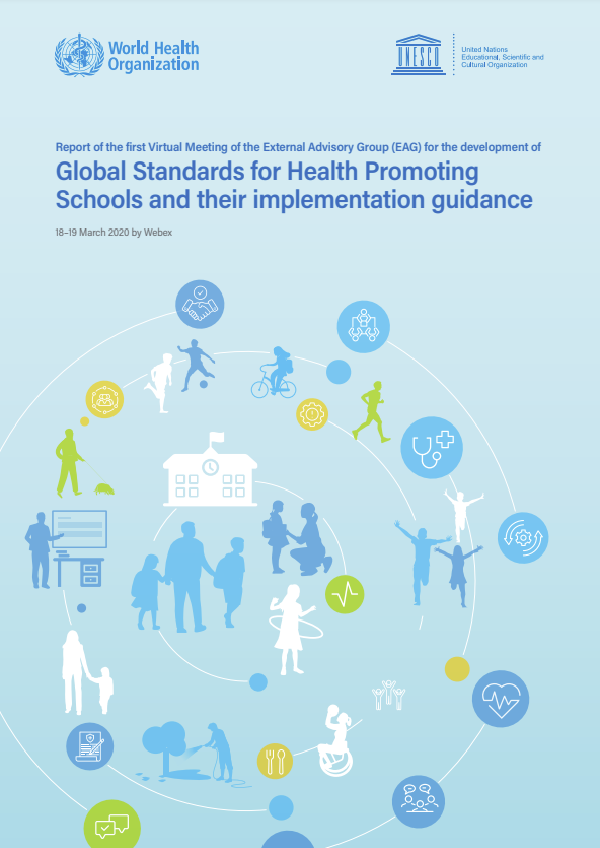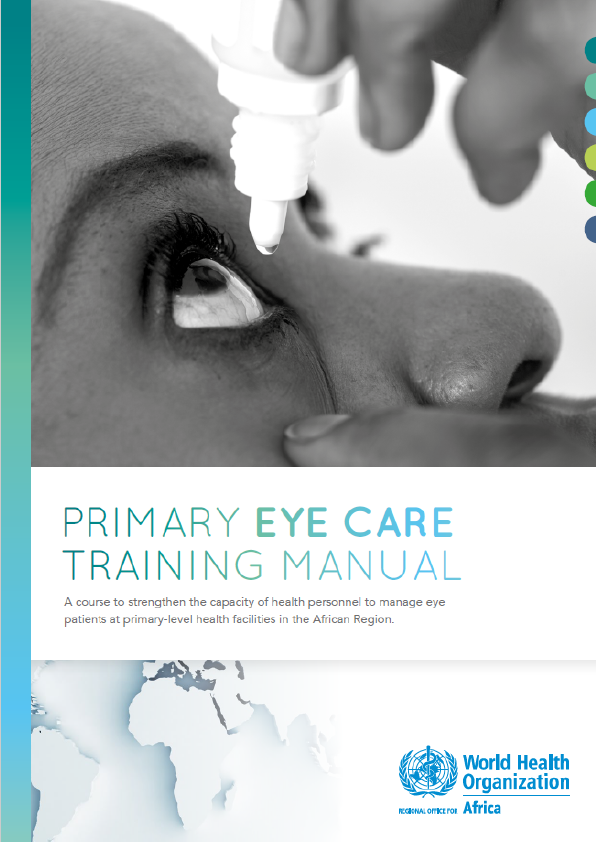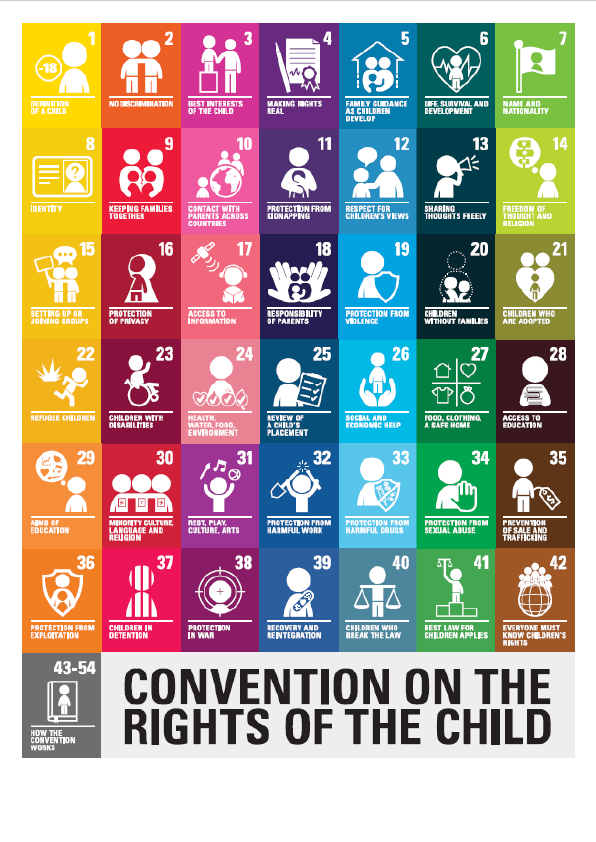If there’s a shorthand reason for why you need communication skills to complement your technical skills, it’s that you don’t get paid without them. You need communication and “soft” skills to get work and keep working so that people continue to want to employ you to apply your core technical skills. A diverse skill set that includes communication is really the key to survival in the modern workforce, and hiring trends bear this out.
In its Employability Skills 2000+, the Conference Board of Canada lists “the skills you need to enter, stay in, and progress” in the 21st century workplace. The first category listed is communication skills, specifically how to:
- Read and understand information presented in a variety of forms (e.g., words, graphs, charts, diagrams)
- Write and speak so others pay attention and understand
- Listen and ask questions to understand and appreciate the points of view of others
- Share information using a range of information and communications technologies (e.g., voice, e-mail, computers)
- Use relevant scientific, technological, and mathematical knowledge and skills to explain or clarify ideas (Conference Board, n.d.a)
Likewise, the non-profit National Association of Colleges and Employers in the US surveys hundreds of employers annually and has found that, in the last several years, they consistently rank the following four skills as most desirable ahead of fifth-ranked technical skills:
- Critical thinking and problem solving
- Professionalism and work ethic
- Teamwork
- Oral and written communication (NACE, 2016)
When employers include these interrelated soft skills in job postings, it’s not because they copied everyone else’s job posting, but because they really want to hire people with those skills. From experience, they know that such skills directly contribute to the success of any operation no matter whether you’re in the public or private sector because they help attract and retain customers and client organizations.
Traditional hiring practices filter out applicants who have poor communication skills, starting with a “written exam”—the résumé and cover letter. As documents that represent you in your physical absence, these indicate whether you are detail oriented in how you organize information and whether you can compose proper, grammatically correct sentences and paragraphs. If you pass that test, you are invited to the “oral exam,” where your face-to-face conversational skills are assessed. If you prove that you have strong soft skills in this two-stage filter, especially if you come off as friendly, happy, and easy to work with in the interview, an employer will be more likely to hire you, keep you, and trust you with co-workers and clients.
The latest thinking in human resources (HR), however, is that both of those traditional filters are unreliable. Applicants can fake them. Expensive as it might be, you could get someone else to write your résumé and cover letter for you, or you can just follow a template and replace someone else’s details with your own. Though most job competitions for well-paying jobs will yield exceptionally good and bad résumés and cover letters amidst a tall stack of applications, most tend to look the same because most applicants follow fairly consistent advice about how to put them together. Likewise, you can train for an interview and “fake it to make it” (Cuddy, 2012), then go back to being your less hireable self in the workplace, only to be the first one “let go” when the next office “reorganization” comes down.











